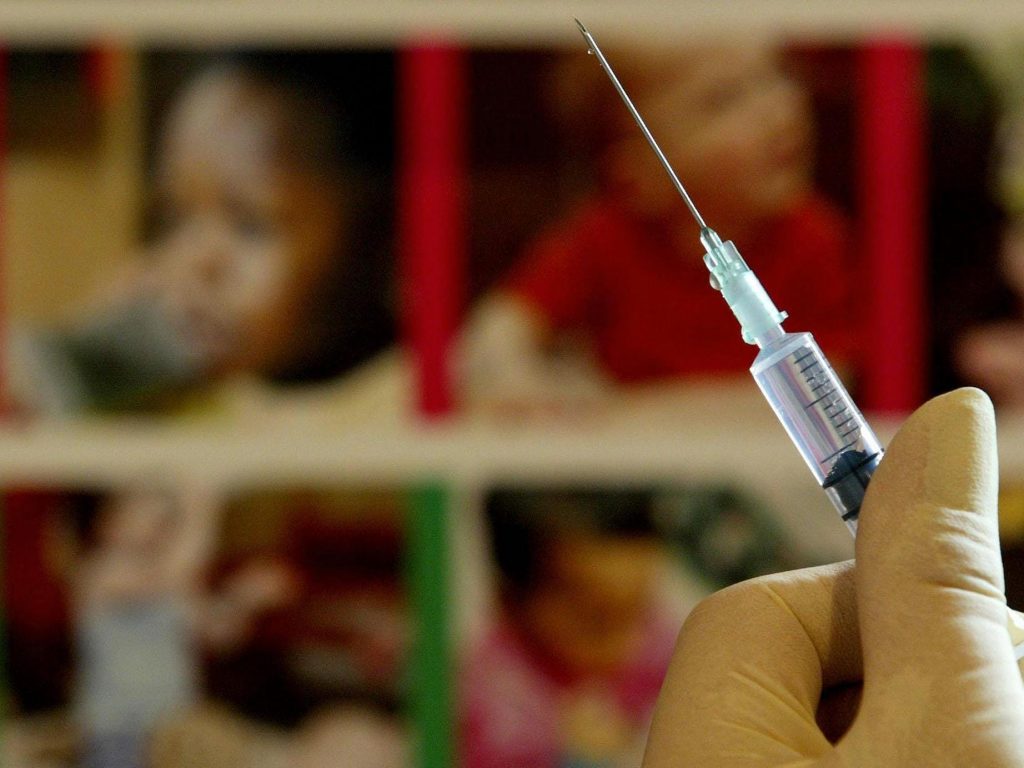- New York State has recorded the first case of polio since 2013.
- The unvaccinated man was left paralyzed.
- The case could have been prevented with high rates of vaccination in the community.
The first US case of polio since 2013, reported by the New York state health department on Thursday, could have been avoided by vaccination, experts said.
The case was a severe one, and left a man paralyzed, The New York Times reported. It cited the information to Dr. Patricia Schnabel Ruppert, health commissioner of Rockland County, New York, where the case was found.
Ruppert also said the patient had not been vaccinated against polio.
The case, caused by so-called "vaccine-derived polio," could have been avoided by community vaccination, experts have said.
"Vaccine-derived polio circulates in places where it hasn't been eliminated in the *unvaccinated*," Columbia University virologist Angela Rasmussen said in a tweet.
—Dr. Angela Rasmussen (@angie_rasmussen) July 21, 2022
Genetic analysis of the virus confirmed that the Rockdale patient, who has not been identified, was infected with a strain of polio called the Sabin type 2 virus.
This means the virus originally came from someone who had gotten the oral polio vaccine, which is still used in some parts of the world but not longer in the US.
The US vaccine against polio is completely inactivated. That means the virus has been killed and cannot be passed on.
But the oral polio vaccine uses a live version of the vaccine which has been altered and weakened, per the Global Polio Eradication initiative (GPEI).
People who get this vaccine can shed the live virus in their poop shortly after vaccination. But in a vaccinated population it doesn't spread, and typically won't make anybody sick, per GPEI.
However, if this virus allowed to circulate for longer periods in unvaccinated groups — usually about 12 to 18 months, per GPEI — it can revert to a more dangerous form.
Vaccine-resistant communities at risk
There have been warnings of this before.
"I've been saying 'don't be surprised if we see cases of polio in US in next few years' due to rising anti-vax movement. I was wrong. I should have said 'in next few months'," said Jay Varma, Professor and Director, Cornell Center for Pandemic Prevention and Response.
—Jay Varma (@DrJayVarma) July 21, 2022
The US has a high rate of vaccination against polio, with 93% of people having had at least three doses of vaccine. That's above the level generally considered to provide herd immunity, per the Oxford Vaccine Group.
But Rockland county has previously faced issues due to pockets of low uptake of vaccines in general.
In 2018-2019, an outbreak of measles among the Hasidic jew community in the Rockland County and Brooklyn almost caused the US to lose its measle-free status.
The Times reported that the man with polio is part of the Hasidic Jewish community, citing local officials.
Vaccination important even after eradication
—Tedros Adhanom Ghebreyesus (@DrTedros) July 21, 2022
The New York case, "reflects how important routine vaccination is against preventable diseases like polio," said Tedros Ghebreyesus, the leader of the World Health Organization.
"The inactivated polio vaccine we have is very effective and very safe and could have prevented this," Walter Orenstein, a polio expert at Emory University, told STAT News. "We need to restore our confidence in vaccines."
Four doses of vaccine provide over 99% protection against polio, per the CDC. These are usually delivered in childhood.
Among unvaccinated people, 95% of people who catch polio do not develop symptoms.
About 5% get mildly sick, with symptoms such as fever, muscle weakness, headache, nausea, and vomiting, per the Rockland County health department statement.
About 1% will develop irreversible paralysis, mostly in the arms and legs. A small proportion of these can see the paralysis spread to the lungs which can cause death, per the CDC.
